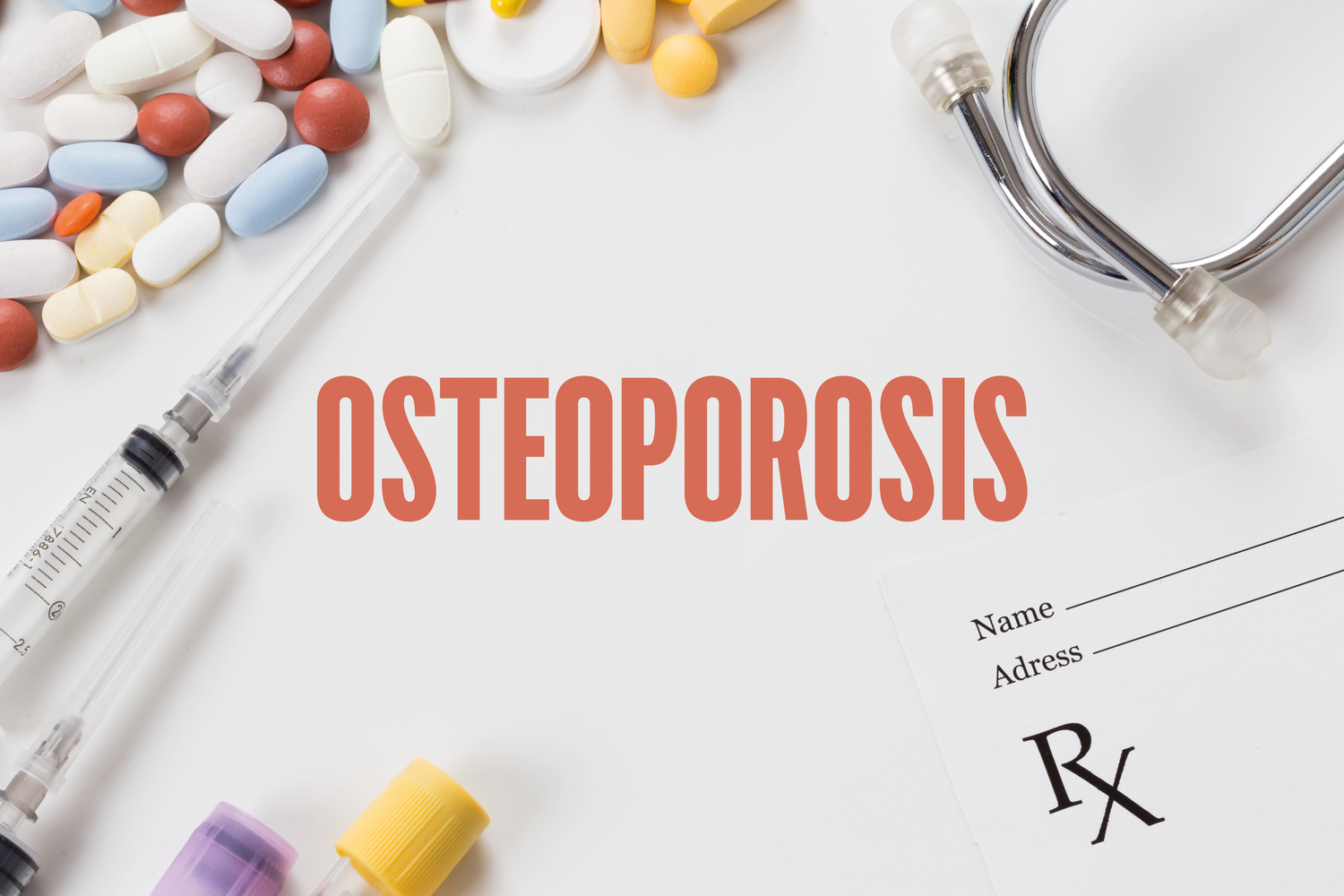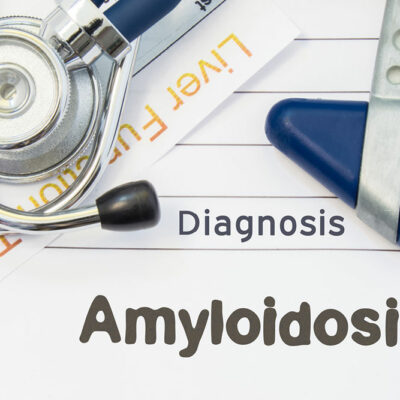
Osteoporosis: Symptoms and Treatments
Osteoporosis is a type of disease that is very common and diagnosed often. 200 million is the estimation of how many people are suffering from this condition on a daily basis. The biggest cause leading up to osteoporosis is lacking a certain hormone, estrogen and androgen in women and men, respectively. One in three women and one in five men are diagnosed each year.
There are different symptoms associated with osteoporosis, as well as different treatment options for those suffering from this disease:
1. Symptom: Loss of height
As people age, it is common to lose a little height. However, it is not normal to lose too much height. Too much can range anywhere from three-fourths of an inch upwards to two and one-half inches. If your height loss is around this much or more, contact your doctor to make sure you did not fracture your spine.
2. Symptom: Back Pain
The definition of osteoporosis is porous bone. So, when bones are porous, they tend to fracture of break more often and easier. This is why spine fractures are very common. Sometimes these fractures can be painless. But other times, back pain can easily be a symptom of osteoporosis if the pain is caused by damaged vertebrae.
3. Symptom: Stooped posture
Tag teaming with both of the previous symptoms, a stooped posture can also be a visual symptom of osteoporosis. Due to your vertebrae fracturing or breaking in the upper part of your spine, a stooped posture can be a very common indicator that you may have osteoporosis.
4. Treatment: Calcium
Since bone loss occurs in osteoporosis, calcium is a no-brainer way to go about treating it. Either from a daily supplement or a diet rich in it, calcium can help manage symptoms of bone loss and can also prevent it altogether.
5. Treatment: Vitamin D
Getting a safe amount of calcium each day can be a great treatment plan, but vitamin D can actually help fast-track that process. This happens because more calcium is absorbed much easier in your intestines when more vitamin D is present. Both of these nutrients are a big key in fighting osteoporosis and preventing it altogether.
6. Treatment: Parathyroid hormone therapy
Produced by the parathyroid gland, parathyroid hormone is a drug used to help make new bone growth. The drug used in this therapy, Teriparatide, is pretty powerful. Since this is a newer drug, there is little known about it. However, it has been shown to help primarily women who are post-menopause who have a higher risk of fractures. It is recommended to contact a medical professional before trying this method.
Overall, osteoporosis affects hundreds of millions of people each year, both men and women. Although symptoms including loss of height, back pain, and stooped posture, there are treatment options available to help those suffering, including taking calcium, vitamin D, and parathyroid hormone therapy. Always talk to your doctor about what the best treatment option for you is and about any other questions your may have about your health.


